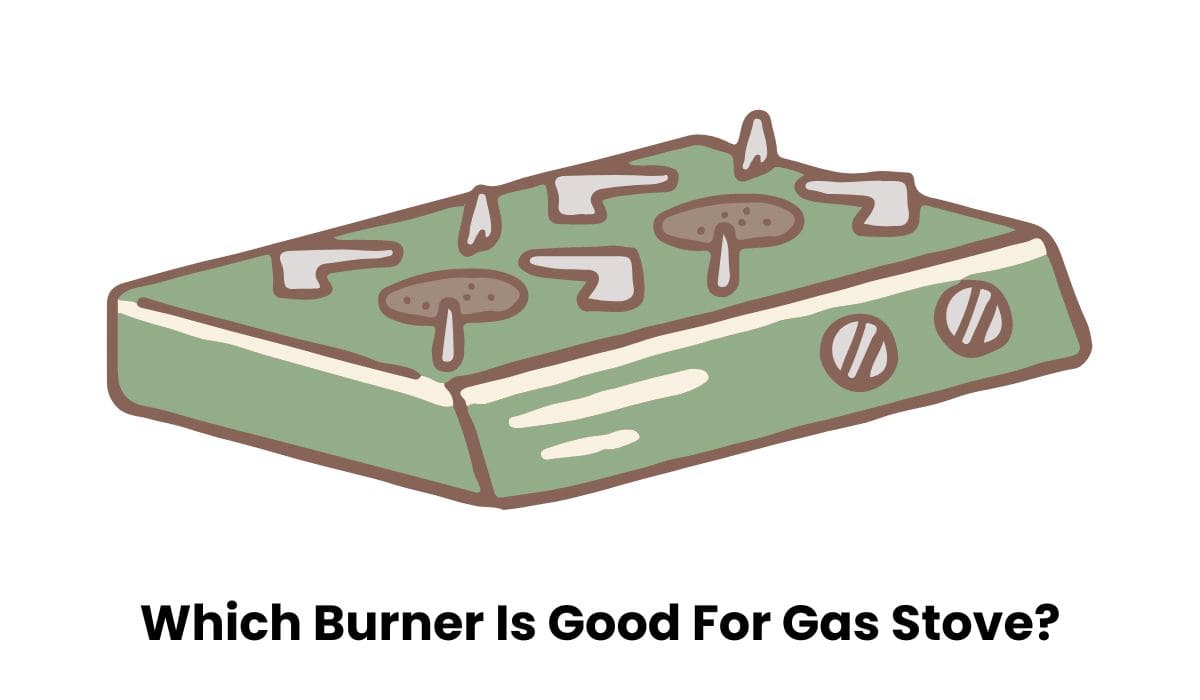When it comes to enhancing your culinary experience, the choice of the right burner for your gas stove plays a pivotal role. This article delves deeply into the various types of burners available in the market, analyzing their efficiency, durability, and suitability for different cooking styles.
Whether you’re a home cook looking to upgrade your kitchen or a professional chef seeking precision and consistency, understanding the nuances of gas stove burners can significantly impact the quality of your cooking. In this comprehensive guide, we’ll explore the factors that make a burner good for gas stoves, ensuring that your next culinary creation is not just a meal but a masterpiece.
So, Let’s start.
Table of Contents
Types of Gas Stove Burners:
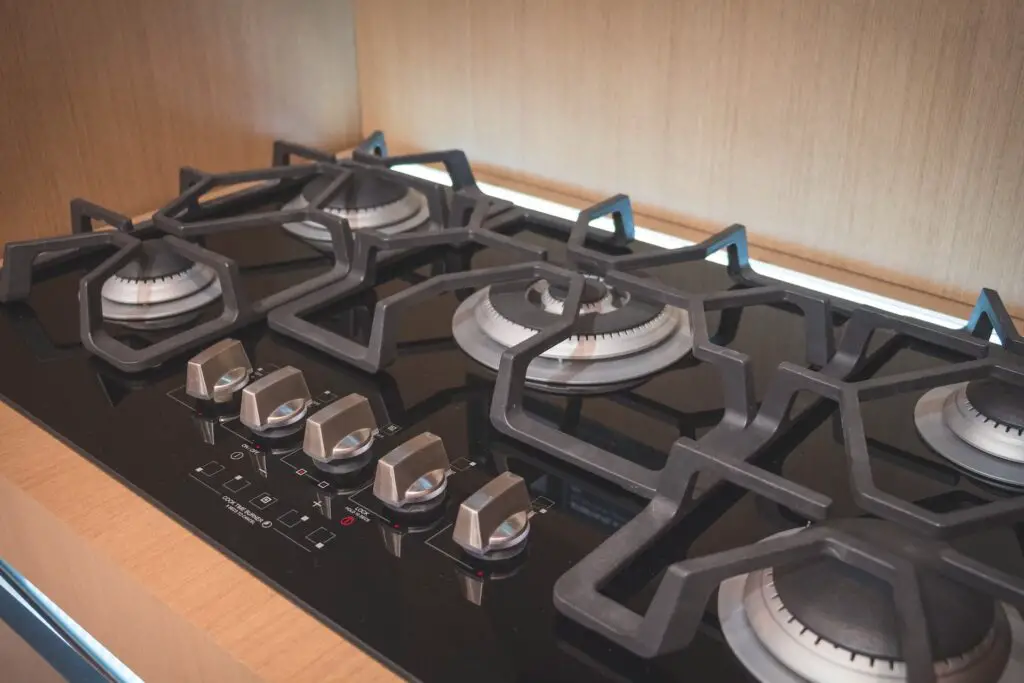
Gas stove burners have evolved significantly over the years, catering to diverse cooking needs and preferences. Understanding the various types of burners can help you make an informed decision when selecting a gas stove for your kitchen. Here’s a deep dive into the different kinds of gas stove burners available in the market.
1. Standard Burners
The most common and widely used standard burners offer a balanced mix of affordability and performance. They are ideal for everyday cooking and are found in most basic gas stove models. These burners generally have a simple design and are easy to maintain.
2. Simmer Burners
Designed for delicate cooking, simmer burners provide low heat, perfect for simmering sauces, melting chocolate, or preparing delicate dishes that require precision. They are a boon for cooks who engage in slow-cooking recipes and need consistent, low heat.
3. Power Burners
These burners are all about high heat and fast cooking. Ideal for boiling water, stir-frying, or searing meat, power burners significantly cut down cooking time. They are a must-have for those who value efficiency in the kitchen.
4. Wok Burners
Tailored for Asian cooking, wok burners have a unique design that cradles a work perfectly. They offer intense heat in the centre and less around the edges, mimicking the traditional Asian cooking style. This type of burner is a favourite among those who enjoy authentic stir-fry dishes.
5. Sealed Burners
These burners have a cap over the flame, reducing the space between the burner and the cooktop. This design makes cleaning easier, as spills cannot enter the burner itself. Sealed burners are practical and are becoming increasingly popular in modern kitchens.
6. Open Burners
Contrary to sealed burners, open burners have an exposed flame. This design often results in a more powerful and even heat distribution, which is great for cooking. However, they can be more challenging to clean, as spills can fall into the burner.
7. Dual Ring Burners
These burners have two separate rings of flame, which can be controlled independently. This feature allows for more precise heat control, making dual-ring burners versatile for both high-heat and low-heat cooking.
8. Triple Ring Burners
Offering even more flexibility, triple-ring burners come with three distinct flame rings. They are perfect for those who frequently cook large meals or need to switch between high and low-heat cooking regularly.
9. Fish Burners
Specifically designed for oval or elongated cookware, fish burners are ideal for grilling fish or other elongated items. They distribute heat evenly across the cookware, ensuring perfectly cooked dishes.
10. Infrared Burners
Utilizing infrared technology, these burners offer quick and intense heat. They are highly efficient and perfect for searing meat and locking in flavours and juices.
In summary, the type of gas stove burner you choose should align with your cooking habits and preferences. From standard and simmer burners for everyday cooking to specialized work and fish burners for specific culinary tasks, there is a burner type to suit every need. When selecting a gas stove, consider how you cook and what features will enhance your cooking experience. Additionally, it’s important to be aware of common issues, such as gas leaks and how to address them. This way, you can enjoy the benefits of a gas stove that perfectly matches your culinary style.
Which Burner Is Good For Gas Stove?
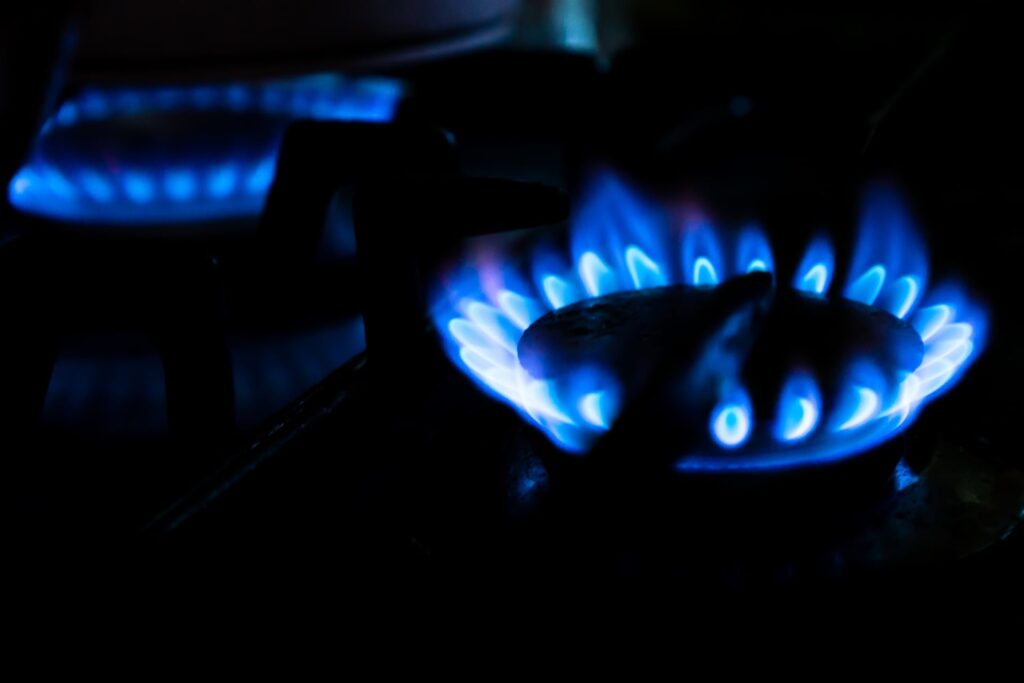
Choosing the right burner for your gas stove can significantly enhance your cooking experience. The type of burner you select should align with your cooking habits, the dishes you prepare most often, and your kitchen’s design. Let’s delve into the various types of burners and their best uses to help you make an informed decision.
Standard Burners:
These are versatile and well-suited for everyday cooking. Standard burners are ideal for a range of tasks, from boiling water to sautéing vegetables. They’re a staple in most kitchens due to their straightforward functionality and ease of use.
Simmer Burners:
Perfect for dishes that require precise temperature control, simmer burners offer a low, steady flame. They are ideal for cooking sauces, melting chocolate, or any dish that needs gentle, consistent heat without the risk of burning.
Rapid Boil Burners:
For those who often find themselves in a hurry, rapid boil burners are a game-changer. They deliver intense heat quickly, significantly reducing the time it takes to boil water or cook foods at high temperatures.
Multi-Ring Burners:
These burners offer great flexibility, with multiple flame rings that can be adjusted independently. This feature allows for precise heat control, making multi-ring burners suitable for a wide range of cooking methods, from simmering to searing.
Wok Burners:
A must-have for fans of Asian cuisine, wok burners are designed to accommodate the unique shape of a wok. They provide intense heat that is perfect for stir-frying, ensuring even cooking and authentic taste.
Sealed Burners:
Focused on ease of cleaning, sealed burners are designed to prevent food from spilling into the burner itself. This makes them a practical choice for those who prioritize kitchen hygiene and easy maintenance.
Infrared Burners:
Specializing in high-intensity heat, infrared burners are ideal for grilling and searing. They provide direct, intense heat, perfect for quickly searing meats to lock in flavours and juices.
In determining the best burner for your gas stove, consider your typical cooking activities. Do you frequently entertain large groups, requiring rapid boiling and high-heat cooking? Are you a culinary enthusiast who enjoys preparing delicate sauces and stews? Or perhaps you’re looking for an energy-efficient solution for your everyday cooking needs?
Additionally, think about the layout and size of your kitchen. Some burners, like multi-ring or wok burners, may require more space or specific cookware. Ensure that the burner you choose fits well with your kitchen’s design and your cooking style.
In summary, the ideal burner for a gas stove varies based on individual cooking preferences and kitchen requirements. From the versatile standard burner to the specialized wok burner, each type offers unique benefits. By considering your cooking habits and kitchen setup, you can select a burner that not only meets your culinary needs but also enhances your overall cooking experience. Remember, the right burner can transform the way you cook, making meal preparation more enjoyable and efficient.
How To Choose The Right Burner For A Gas Stove?
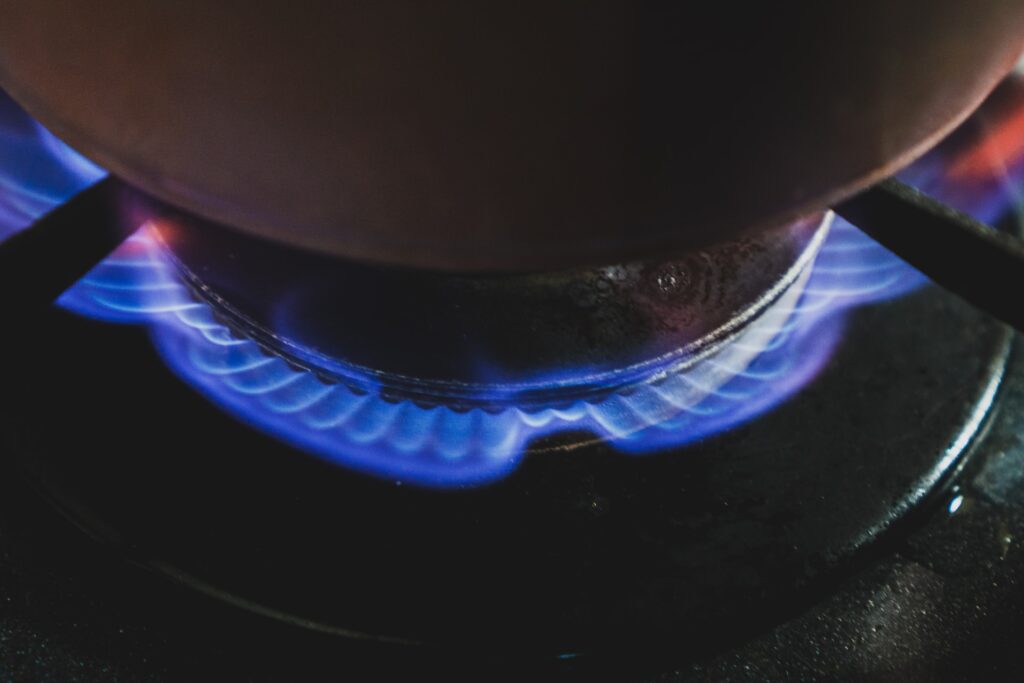
Choosing the right burner for your gas stove is essential for efficient and enjoyable cooking. Here are key factors to consider:
1. Burner Size and Type
Gas stoves come with different burner sizes, typically ranging from small to large. Small burners are perfect for simmering and cooking delicate foods, while large burners are ideal for boiling water or cooking in large pots. Additionally, some stoves feature specialized burners like wok burners or ultra-low simmer burners, catering to specific cooking needs.
2. BTU Output
The British Thermal Unit (BTU) rating of a burner indicates its heat output. Higher BTU burners heat up faster and are great for boiling and searing. However, they may not be as efficient for simmering or slow cooking. For versatile cooking, look for a stove with burners offering a range of BTU outputs.
3. Material and Durability
Burners are typically made of brass or aluminium. Brass burners are more durable and offer better heat distribution, but they can be more expensive. Aluminium burners are lighter and less costly but may not last as long. Consider your budget and cooking frequency when choosing.
4. Ignition Type
Gas burners can be ignited either by an electric ignition system or by a pilot flame. Electric ignitions are safer and more convenient as they don’t require a constantly burning pilot light, but they may require electricity to function.
5. Control and Adjustability
Look for burners with easy-to-use controls. The ability to precisely adjust the flame is crucial for cooking different types of dishes. Some modern stoves come with digital controls for more precise adjustments.
6. Maintenance and Cleaning
Consider how easy the burners are to clean. Removable parts and spill-proof designs make cleaning simpler. Burners with fewer crevices and complex shapes are easier to maintain.
7. Compatibility with Your Cookware
Ensure the burners are compatible with the types of pots and pans you use. The size of the burner should match the size of the cookware base for efficient heating.
8. Safety Features
Safety is paramount when dealing with gas stoves. Features like auto shut-off, child lock, and flame failure devices add an extra layer of safety.
9. Brand and Warranty
Choose a reputable brand that offers a good warranty period. It’s a sign of the manufacturer’s confidence in their product and ensures peace of mind.
By considering these aspects, you can select the right burner for your gas stove that meets your cooking needs and preferences, ensuring a pleasant and efficient cooking experience. Remember, the right burner can significantly impact the quality of your cooking and the enjoyment you get from the kitchen. For more insights on choosing between different types, you might find it helpful to explore the differences in burner materials, such as Sabaf and brass burners.
Which Burner Is Best For Boiling?
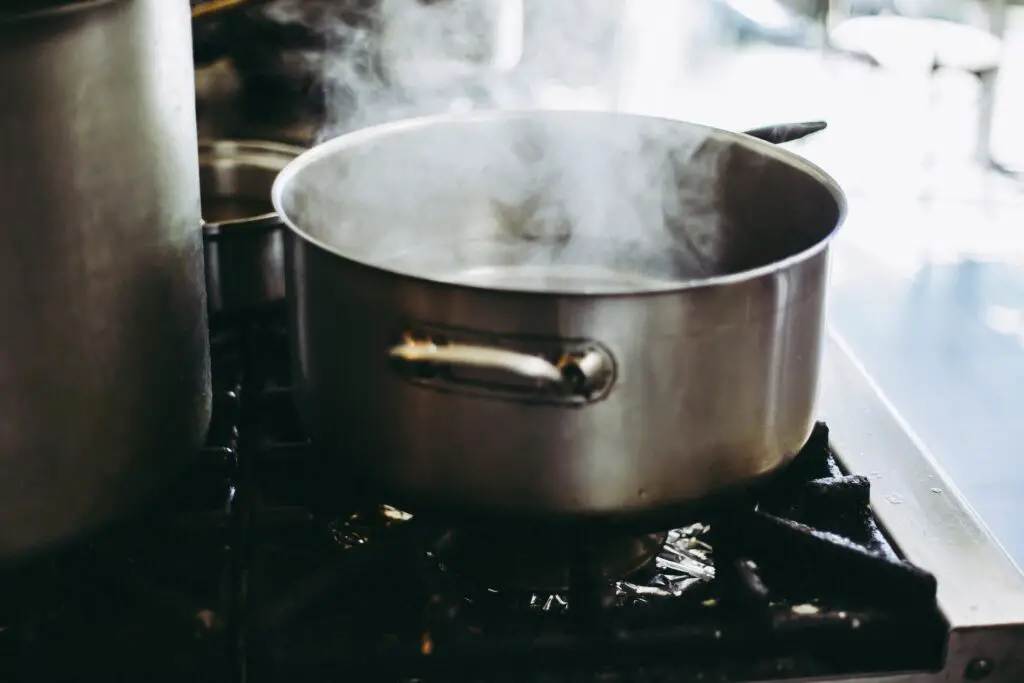
When selecting the ideal burner for boiling, it’s essential to consider the size and intensity of the burner. Typically, the most effective burner for this task is the high-output or ‘power’ burner. This burner is specially designed to deliver a robust and concentrated flame, which significantly reduces the time it takes to bring water to a boil. This is particularly handy for tasks like cooking pasta or preparing stocks, where a rapid boil is desirable.
Most commonly found at the front right position on the stovetop, the power burner is not only efficient but also conveniently placed for easy access. Its positioning is thoughtful, allowing for frequent use without the need to reach over other pots and pans. This strategic placement makes it a go-to choice for quick, high-heat cooking.
In contrast to smaller burners, which are more suited for simmering or gentle heating, the power burner stands out with its capability to handle large pots and high volumes of liquid. It’s an ideal feature for those who often find themselves in a rush or cooking in large quantities. Therefore, when it’s time to boil water quickly and efficiently, the power burner is your best bet for getting the job done effectively.
Conclusion
At the end of this article, we hope you have gained a deeper understanding of what makes a burner suitable for your gas stove. Whether it’s the efficiency of heat distribution, durability under high temperatures, or ease of maintenance, the right burner can significantly enhance your cooking experience.
Remember, the ideal choice varies based on your specific cooking needs and the type of cuisine you frequently prepare. So, take into account these aspects, and you’ll be well on your way to making an informed decision that ensures your culinary endeavours are both enjoyable and successful.
